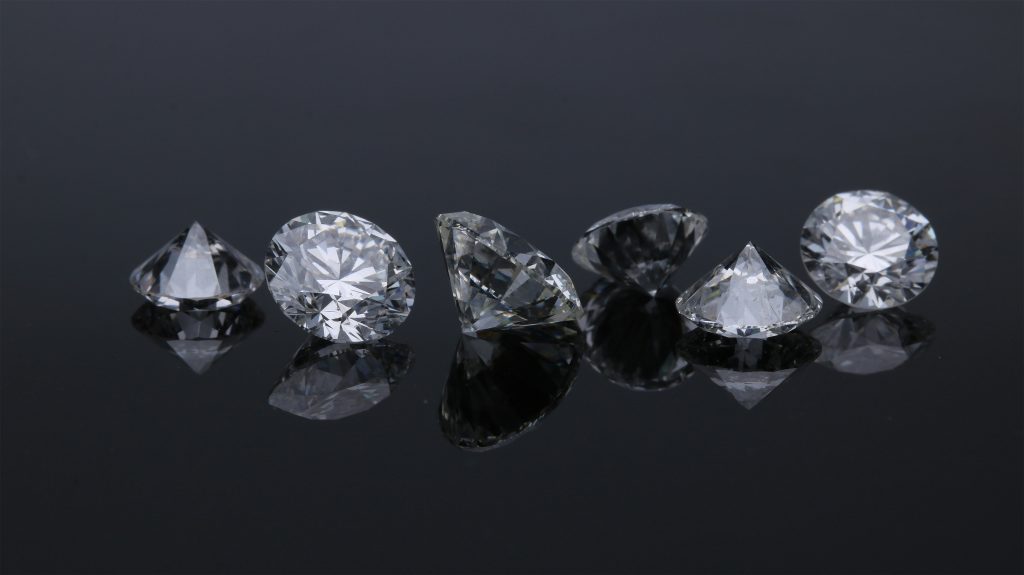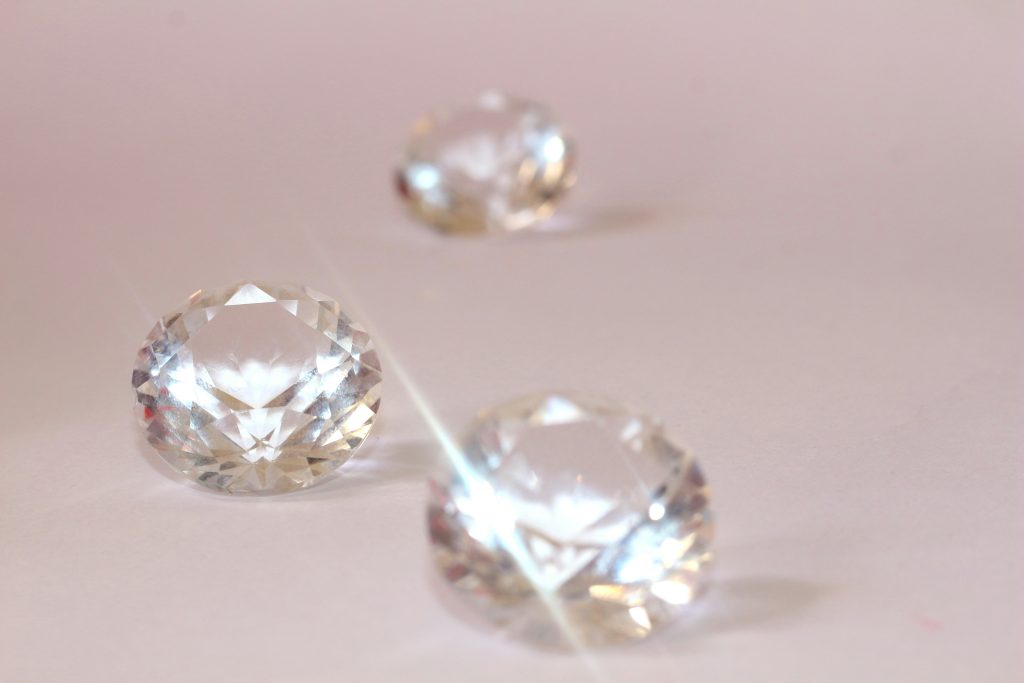Understanding the Need for Diamond Financing
Diamonds are often associated with significant emotional and symbolic value, whether they are used in engagement rings, heirlooms, or luxury investments. However, they also carry a financial cost that may not be immediately manageable for every buyer. With prices ranging from a few hundred to several thousand dollars depending on the carat, cut, clarity, and color, many individuals consider financing options as a way to acquire a diamond without compromising their financial stability. Financing allows buyers to spread the cost of a diamond purchase over time, making high-quality stones more accessible to a wider audience. The desire to maintain liquidity, take advantage of a limited-time offer, or secure a diamond before prices increase are also common motivations for financing. As such, understanding the various financing avenues can help buyers make informed decisions aligned with both their budget and long-term goals.

In-House Financing Through Jewelers
Many jewelry retailers offer in-house financing programs directly to their customers. These plans are often structured as installment agreements, sometimes with promotional periods offering 0% interest if the balance is paid in full within a specified time frame—commonly 6, 12, or even 18 months. In-house financing is typically easy to apply for at the point of sale, requiring only a basic credit check. The primary advantage of this route is convenience: buyers can often leave with their chosen piece the same day. However, one must carefully read the fine print, as deferred interest plans can become costly if the full balance is not paid within the promotional period. Interest rates post-promotion can reach 20% or higher. It’s also worth noting that in-house financing may include additional fees for setup or late payments. For buyers with good credit and a clear repayment strategy, this option can be practical and efficient.
Credit Card Financing
Credit cards offer another widely used method for financing diamond purchases. Buyers with existing credit lines may use them for convenience or to take advantage of reward points or cashback incentives. Some credit cards offer introductory 0% APR periods ranging from 12 to 18 months, which can be a favorable option if the buyer plans to pay off the purchase during that window. However, credit cards come with risks if not managed properly. Standard interest rates can be high, often between 15% and 25% APR, which can lead to significant debt accumulation if minimum payments are made without reducing the principal. Furthermore, using a large portion of a credit limit can negatively impact one’s credit utilization ratio, potentially lowering a credit score. For financially disciplined buyers, though, credit cards can be a powerful tool when combined with promotional offers and responsible budgeting practices.
Personal Loans from Banks or Online Lenders
Personal loans are another viable financing option for diamond buyers, particularly for those looking to borrow a larger amount at a fixed interest rate. These loans can be obtained from traditional banks, credit unions, or online lenders and are typically unsecured, meaning no collateral is required. Loan terms usually range from 12 to 60 months, and interest rates vary based on the borrower’s creditworthiness. A major benefit of personal loans is the predictability of fixed monthly payments and interest rates, which can make budgeting more straightforward. Additionally, some lenders offer fast approval and funding, making the process relatively efficient. However, borrowers should be aware of origination fees, prepayment penalties, and other hidden costs that might be included. For buyers who value long-term planning and want to avoid the potential pitfalls of revolving credit, personal loans provide a structured and transparent way to finance a diamond purchase.
Buy Now, Pay Later Services
The emergence of “Buy Now, Pay Later” (BNPL) services such as Affirm, Klarna, and Afterpay has introduced a new method of consumer financing that is especially popular among younger buyers. These platforms allow users to split a purchase into smaller, more manageable payments, often biweekly or monthly. Depending on the provider and the merchant’s arrangement, some BNPL options come with no interest or fees if payments are made on time. The application process is typically quick and does not always require a hard credit check, making it accessible to a broader range of consumers. However, the ease of access can also encourage impulsive spending, and missing a payment can result in fees or affect one’s credit score if reported. While not all jewelers partner with BNPL services, their growing popularity is pushing more businesses to adopt them. For buyers who are confident in their repayment ability and want short-term flexibility, BNPL can be an appealing solution.

Leasing Programs and Rent-to-Own Arrangements
Although less common in the fine jewelry industry compared to electronics or furniture, leasing and rent-to-own programs are beginning to emerge as alternative financing models for diamonds, especially at certain large retail chains or niche lenders. These programs allow buyers to lease a diamond over a set term with the option to purchase the item outright at the end of the agreement. Payments are usually structured weekly or monthly, and credit requirements are often minimal, which appeals to buyers with less-than-perfect credit. However, this convenience comes at a cost. The total amount paid through a lease-to-own arrangement can be significantly higher than the diamond’s original retail price. Additionally, missing payments may lead to repossession or penalties. While not ideal for those seeking long-term financial efficiency, these plans may serve as a bridge for consumers who need time to improve their financial standing before committing to ownership. Proper cost-benefit analysis is essential before entering into such agreements.
Layaway Plans
For buyers who prefer to avoid credit altogether, layaway plans offer a traditional yet effective method of financing. Under a layaway plan, the buyer selects a diamond and pays for it incrementally over a specified period, usually several weeks or months. The jeweler holds the diamond until the full balance is paid, at which point the customer can take possession of the item. There are typically no interest charges involved, making this one of the most financially prudent methods of purchasing a diamond if time is not a pressing concern. However, layaway plans may include administrative fees or penalties for missed payments. Additionally, if the buyer cancels the plan, they might lose part or all of the money already paid, depending on the store’s policy. While not suitable for buyers who need the item immediately, layaway offers a responsible, debt-free approach that aligns well with long-term budgeting strategies.
Store-Branded Credit Cards
Many large jewelry chains issue their own store-branded credit cards, which can be used exclusively for purchases within that brand’s network. These cards often come with unique promotional offers such as extended interest-free periods, rewards programs, or exclusive access to sales and upgrades. The application process is typically streamlined, and approval may be easier than for general-purpose credit cards. However, store cards often carry higher interest rates—sometimes above 25%—once the promotional period expires. Additionally, because they are not as versatile as general credit cards, their utility is limited outside the issuing store. For loyal customers of a specific jeweler or those looking to take advantage of exclusive financing terms, store-branded cards can offer value. Still, buyers should ensure they understand the terms and have a repayment plan in place to avoid costly interest accruals.
Financing Considerations Based on Buyer Profiles
The optimal financing option often depends on the individual buyer’s financial profile, goals, and purchasing urgency. High-income buyers with strong credit may find promotional credit card offers or personal loans advantageous due to low interest rates and flexible terms. First-time buyers or those with limited credit histories may be better served by BNPL platforms or in-house financing with deferred interest. Buyers with unpredictable income streams or concerns about overextending their credit may prefer layaway plans for their simplicity and transparency. Investors or collectors seeking high-value diamonds as assets might benefit from structured loans or even asset-backed lending, depending on the value and certification of the diamond. It is crucial that buyers assess their financial situation realistically and choose a plan that aligns with their capacity to repay, ideally without incurring high-interest charges or damaging their credit rating.
Final Thoughts on Responsible Diamond Financing
While financing opens up many doors for acquiring a diamond, it also requires thoughtful planning and financial discipline. Buyers should always compare the total cost of financing, including interest and fees, against their budget and goals. Reading the fine print, understanding penalties for late or missed payments, and having a repayment plan are all essential steps toward a responsible purchase. Consulting a financial advisor may be prudent for high-value purchases, especially if the diamond is being bought as part of a long-term investment strategy. Ultimately, the goal of financing should be to enable ownership without creating unnecessary financial stress. With so many options available—from personal loans and credit cards to BNPL and layaway—every buyer can find a solution that meets their unique needs while enjoying the timeless value and beauty of a diamond.




